Your Headline
Definition of Living: Living beings are those which shows following characteristics – growth, development, reproduction, different physiological activities, adaptation, death, survival etc.
Characteristics of living state are:
Components of the Body: Body of every living beings are made up of macromolecules and micro-molecules. Living beings contain about more than 5000 types of biomolecules. Micro-molecules are small sized , low molecular weight, simple molecules such as glucose, water, sodium chloride, amino acids etc. Macromolecules are large sized with high molecular weight and complex molecules which are formed through condensation or polymerisation of micro-molecules. Examples of macromolecules are proteins, polysaccharides, nucleic acids. These are organic in nature and occur in living matter.
Sub-cellular components organise themselves to produce cells, cells give rise to tissues and then tissue formed organ and systems. Different systems associated to form individual organism.F from individual , it give rise to the – population, community, ecosystem, biome, biosphere.
Metabolism- Metabolism is the physiological process of living organisms which is consists of anabolism and catabolism. Anabolism is a constructive process increases dry weight of the body, and associated with the construction of the body. Catabolism is a dissociation process by which energy within the food is released means there is conversion of chemical energy into mechanical energy. That energy is released and used for physiological activities.
Energy Changes and Conversions: Energy changing is a continuous process occurs in living system. There are regular storage of energy within food which releases due to metabolism. Some part of the energy lost as heat while the other stored as ATP molecules. These ATP is later used as nerve conduction, membrane permeability, converted into sound and electrical mechanical energy. Energy transformation is the change of energy from one form to other. Examples are gradient energy into chemical energy. Free energy is required in all living organisms as it is used for performing work. When there is decrease of free energy there is increase of entropy.
Growth and Development: Growth and development are essential part of the living state. Growth of plants are continues for unlimited period or time on the other hand growth of animals are not for entire life. Every plants , animals, microorganisms undergoes development from the offspring to the mature ones. Development takes place for throughout the life.
Homeostasis: It is the ability of an organism body system to maintain the nearly favourable conditions despite the changes in factors that influence this due to regulatory mechanism. It is associated with the operation of cellular , tissue, organismic, population, community, ecosystem, biome and biosphere levels. Different unfavourable conditions are – heart rate increases during physical activity, increase of body temperature during exercise, healing of minor cut automatically, constriction of blood vessels during exposure to extreme cold, adaptation of eye sight during exposed to light and dark etc. Body temperature is decreases by sweating that control by thermostat.
Life Span: Average longevity or lifespan means the duration of a living beings to remain alive. The duration of life span varies from minutes to day, from days to week, month and years. Lifespan of microorganisms are few minutes, whereas it is one day for May fly, 20 to 30 years in dog, many years for man etc.
Survival: Survival is the phenomenon of remaining alive during normal and stress conditions. Response to the stress conditions are varies from species to species of plants and animals. They can avoid stress conditions through migration , burrowing, hibernation, aestivation, running away etc. On the other hand plants have fixed trunk and absence of nervous system but they still tolerate stress conditions by changing their physiological activities like leaf fall, dormancy, hairiness, thick cuticle, thick bark, accumulation of solutes etc.
Adaptation: As all living beings have to face the changes of the environment, there are different changes observed in their physiological and structural changes to cope up with the environment. These changes are called adaptation. Adaptation can be of two types – long term adaptation, short term adaptation. Long term are permanent inheritable changes in structure and function produced in organism. Short time adaptations are temporary changes which produces a response to a specific conditions and are smooth adjustment to the unfavourable conditions. These changes are disappear due to with draw of stressful conditions. Examples of this type of adaptation are hibernation, aestivation etc.
Deaths: It is the stoppage of life activity in an individual due to degeneration of body parts and increase in entropy. On the other hand clinical death is the death which is characterised by stoppage of vital functions like- pulse, heart beat, breathing, absence of light reaction on pupil, Permanent dilation of pupil etc. Some body organs remain alive after the clinical death for some time and they can be used for transplantation purpose like eyes, kidney, heart, liver etc.Death is essential for the recycling of the components in the environment. Different organic and inorganic components are used to build up the body of the organisms. Body is made up of carbohydrates, protein, lipid, minerals. Primary constituents of this compound are carbon, hydrogen, oxygen, nitrogen, - sulpher, phosphorus etc. After death this components are released into the surrounding which are again combined to form compounds and uptake for formation of new organisms.
Reproduction: Every living organisms tried to leave their offspring in the nature as a symbol of their species. These offspring bear the same characteristics of the parental generation as they content DNA (deoxyribonucleic acid). This DNA content the blue print of the every species as it is replicated and transfer to the next generation it also transfer the characteristics of the parental generation. Reproduction can be of different types. In lower animals reproduction occurs asexually. In this case offspring are produced by budding, binary fission etc. In higher animals and plants sexual reproduction are observed where there is assimilation of male and female gametes take place.In higher plants different parts of the plant like stem, branch, leaf etc are able to produce new plants. Entire plant body can be formed from this part of the plant.
From Explain about Protein to HOME PAGE
Recent Articles
-
What Is Plasma? | Blood Plasma | Proteins | Nutrients | Cholesterol
Nov 07, 25 10:29 AM
Blood is a mobile fluid which is a connective tissue and is derived from the mesoderm like cell any other connective tissue. Colour of blood is reddish and that flows inside the blood vessels by means… -
Disorders of Respiratory System | Tuberculosis | Pleurisy | Emphysema
Oct 28, 25 11:39 PM
Tuberculosis is very common disease and is caused by a type of bacteria called Mycobacterium tuberculosis. This disease causes different trouble in the respiration and infection of several parts of th… -
Regulation of Respiration | Respiratory Centres | Inspiratory Area |
Oct 14, 25 12:13 AM
Respiratory Centre is the area that controls the rate of respiration and it is observed to be located in medulla oblongata and pons. Respiratory Centre has the following will dispersed components like… -
Explain Transport of Gases | External Respiration | Tissue Respiration
Oct 09, 25 11:35 PM
In humans gaseous exchange is completed in the following ways the steps are - External Respiration or Breathing - Breathing in false taking in of Oxygen and giving out of carbon dioxide in the body. M… -
Kind and Number of Teeth | Location of Teeth in Mouth | Care of Teeth
Sep 11, 25 12:52 AM
Kind and Number of Teeth
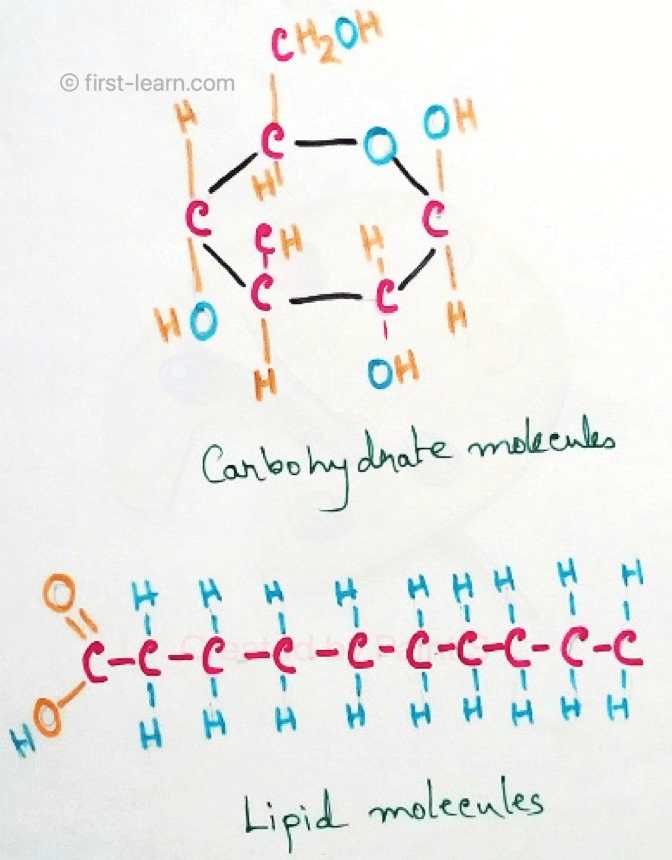

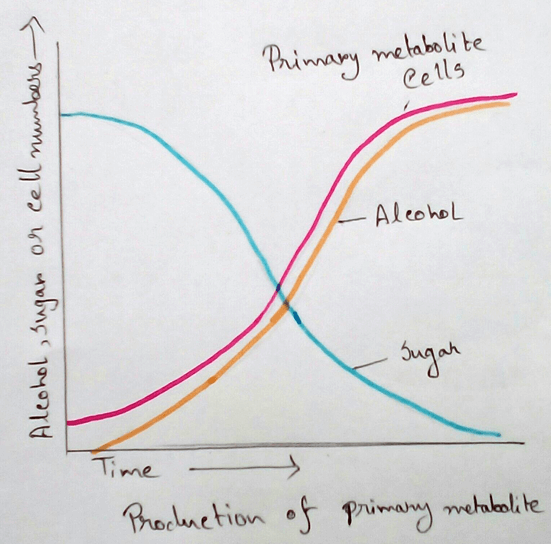
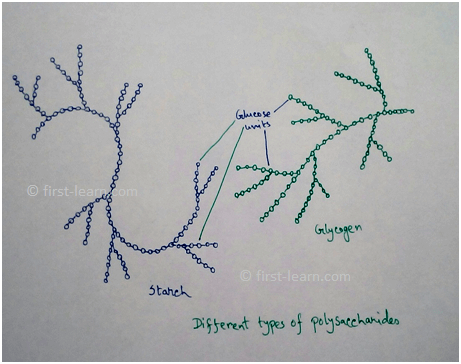
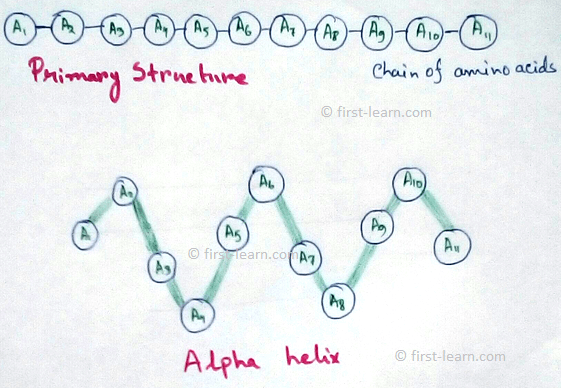
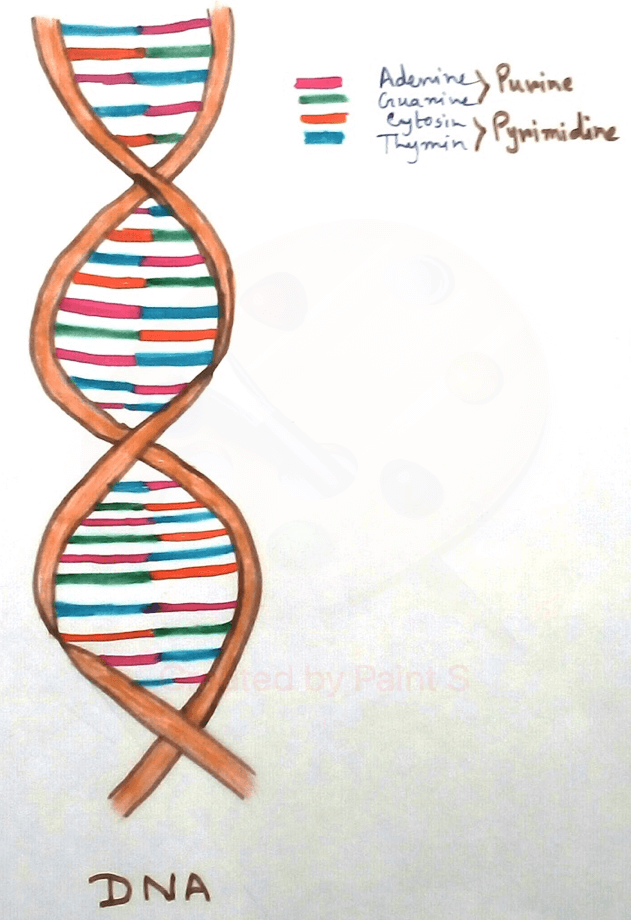
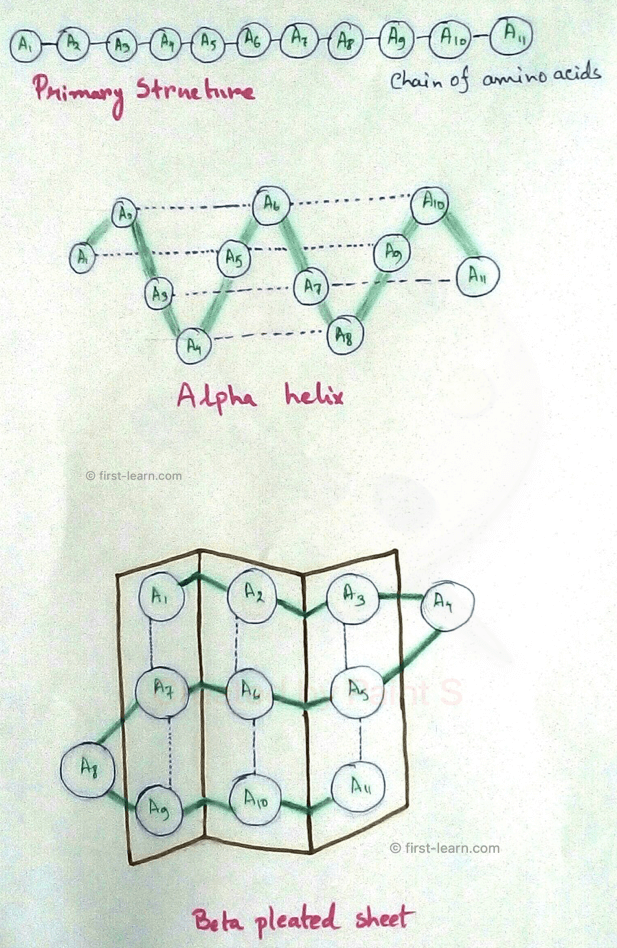





New! Comments
Have your say about what you just read! Leave me a comment in the box below.